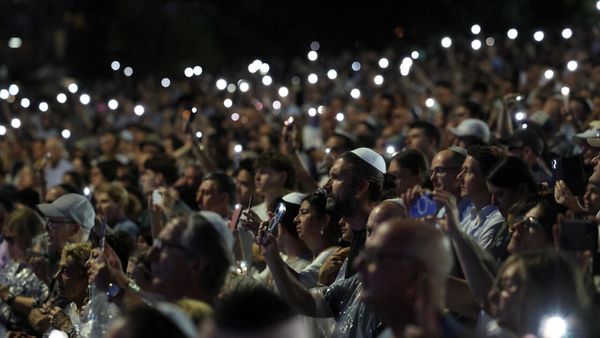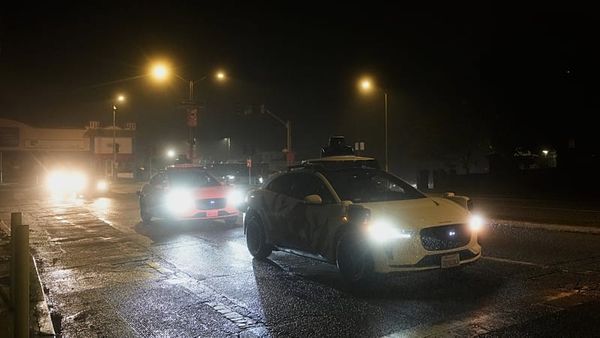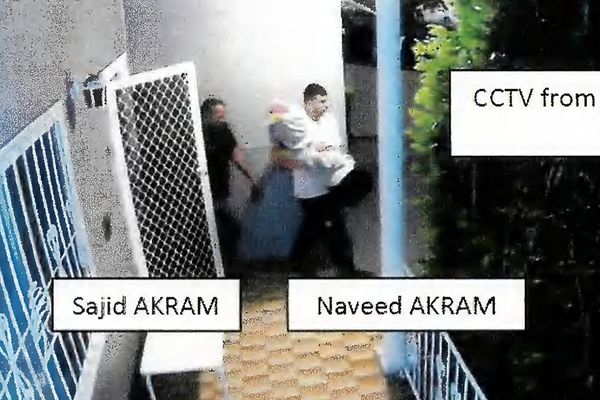
The second total lunar eclipse of 2025 will transform the full moon into a coppery-red "blood moon" on the night of Sept. 7–8.
This long-lasting, impressive eclipse is visible to billions worldwide, but exactly what you'll see depends on where you're watching it from.
You can keep up with the latest lunar eclipse news with our total lunar eclipse live blog. If you live outside of the viewing area or can't make it outside to view the eclipse live, luckily you can watch the blood moon total lunar eclipse on Sept. 7 with these free livestreams.
Best places to see the total lunar eclipse
The best views of the total lunar eclipse will be from Asian and Western Australia, where skywatchers can see the entire event from start to finish, according to Time and Date.
Totality, when the moon is fully immersed in Earth's shadow, will last 82 minutes, from 17:30 to 18:52 GMT (1:30–2:52 a.m. local time in Perth, 2:30–3:52 a.m. in Tokyo).
Observers across eastern Australia, New Zealand, Africa and parts of the Middle East will also see most of the eclipse phases. The only major regions missing out entirely are the Americas. But don't worry, U.S. skywatchers won't have to wait too much longer for a blood moon as the total lunar eclipse on March 2–3 2026 will be visible from Asia, Australia and North America.
Tricky viewing in Europe
From much of Europe, the total lunar eclipse will already be underway at moonrise. That means the blood-red moon will climb above the eastern horizon already darkened, creating a dramatic but challenging sight. Because eclipsed moons appear dimmer than normal, a clear, unobstructed view low to the horizon will be needed to catch the lunar show.
For example, in Berlin, the moon rises at 7:37 p.m. CEST, just as totality begins, while in London, the moon rises at 7:30 p.m. BST, shortly after the eclipse has reached totality. Western Europe will see less of the eclipse as the moon rises later into the event.

What to expect
Unlike solar eclipses, lunar eclipses are safe to watch with the naked eye. The moon will gradually shift from a bright silver to a deep red as Earth's shadow covers it. Because this is a relatively "deep" eclipse, where the moon passes deep within the center of Earth's shadow, known as the umbra, expect the moon to look darker than usual, glowing a rusty orange or even brown-red.







